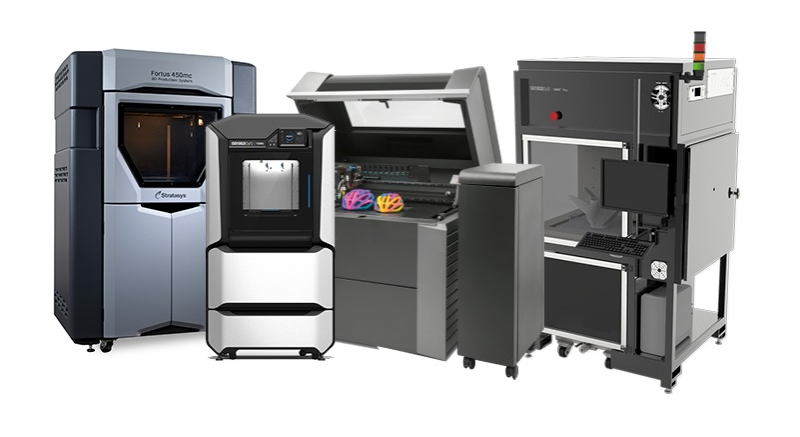3D printing and rapid prototyping
Rapid Prototyping, also known as 3D printing, is an additive manufacturing technology. The process begins with taking a virtual design from modeling or computer aided design (CAD) software. The 3D printing machine reads the data from the CAD drawing and lays down successive layers of liquid, powder, or sheet material — building up the physical model from a series of cross sections. These layers, which correspond to the virtual cross section from the CAD model, are automatically joined together to create the final shape.
Rapid prototyping uses a standard data interface, implemented as the STL file format, to translate from the CAD software to the 3D prototyping machine. The STL file approximates the shape of a part or assembly using triangular facets.
Typically, rapid prototyping systems can produce 3D models within a few hours. Yet, this can vary widely, depending on the type of machine being used and the size and number of models being produced.
Rapid prototyping techniques offer multiple benefits, such as:
Fast and effective communication of design ideas
Effective validation of design fit, form, and function
Greater design flexibility, with the ability to run quickly through multiple design iterations
Fewer production design flaws and better end-products!
3D printing applications
Take your 3D CAD designs from on-screen to in-hand with realistic 3D models. Test form, fit and function. Print assembly tools on the fly or manufacture small quantities of production parts. It’s all possible with Stratasys 3D Printers.
South African agents for Stratasys
Stratasys Ltd. was formed in 2012 by the merger of Stratasys Inc. and Objet Ltd. The company manufactures 3D printers and materials that create prototypes and manufactured goods directly from 3D CAD files or other 3D content. The company’s 3D printers are based on patented FDM® and PolyJet® technologies.
Stratasys systems are used by manufacturers to create models and prototypes to aid in the new product design process. And they are becoming widely used for production of finished goods in low-volume manufacturing. Systems range from affordable desktop 3D printers to large production systems for direct digital manufacturing.


